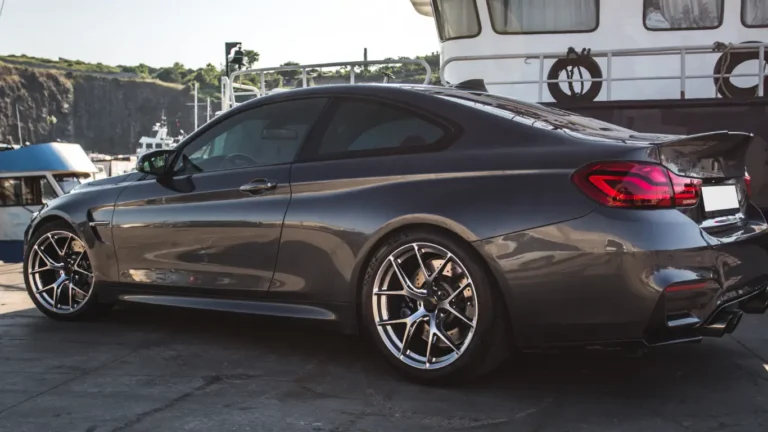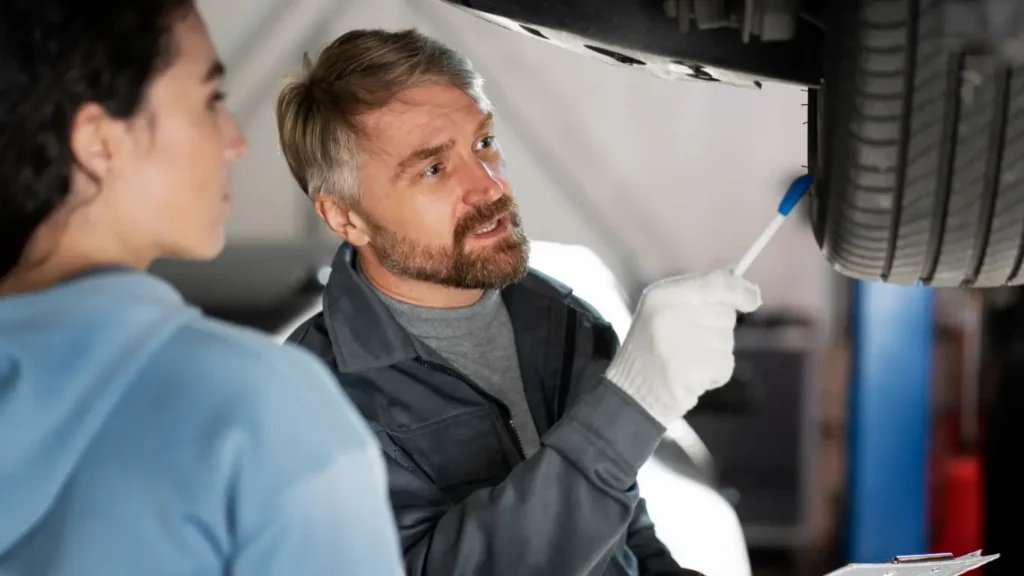
Auto Academy
The Complete Ontario Guide to Used Vehicle Inspection

Buying a pre-owned vehicle in Ontario is exciting, but without a used vehicle inspection, it’s also risky. A proper inspection is your best defense against purchasing a lemon, whether it’s your first car or another addition to your fleet.
This guide merges expert advice on used car inspection and second hand car inspection, giving you actionable steps, Ontario-specific requirements, and insider tips to make a confident, well-informed purchase.
What is a Used Vehicle Inspection?
A used vehicle inspection is a thorough, systematic examination of a car’s condition performed by an independent, qualified mechanic. The goal is to uncover mechanical, structural, and safety issues before money changes hands.
Key benefits:
- Identifies costly repairs before you buy
- Gives you leverage for price negotiation
- Protects you from unsafe or flood-damaged vehicles
- Helps ensure the car meets Ontario’s legal and safety requirements
Read More: How to Pick a Car or Vehicle
Why Ontario Buyers Need an Independent Inspection
Even if the seller provides their own inspection (including “160-point dealer inspections”), always get your own independent used car inspection. Seller-provided reports may skip important checks or gloss over expensive issues.
Ontario-specific caution: Many used cars here are sold “as-is,” meaning there’s no warranty and the vehicle might not be safe to drive without repairs. Without an independent second hand car inspection, you could face thousands in unplanned costs.
Read More: How to Buy a Used Car in 2025
What’s Covered in a Comprehensive Inspection
A full used vehicle inspection should check every system — ideally with the car lifted for an underside view. Expect the following:
1. Under the Hood
- Fluid levels & leaks (oil, coolant, brake, transmission)
- Belts & hoses for cracks or fraying
- Battery health and corrosion check
- Startup sounds and idle quality
- OBD-II scan for stored trouble codes
2. Interior
- Seat wear, tears, and adjustability
- Musty odors (possible flood damage)
- Heating, A/C, and ventilation
- Electronics, infotainment, and dashboard controls
- Airbag light & seatbelt function
- Trunk inspection for leaks or damage
3. Exterior
- Paint matching and panel gaps
- Rust, dents, and scratches
- Glass condition (chips, cracks)
- Lighting system check (all modes)
- Tire tread depth and even wear
Read More: Should I Buy a New Car or Used Car?
4. Underside
- Exhaust system integrity
- Frame condition (no accident warping or rust holes)
- Fluid leaks from drivetrain or brakes
- CV joints, axles, and suspension wear
- Look for fresh undercoating that may hide damage
5. Road Test
- Engine performance under acceleration
- Braking distance and pedal feel
- Steering response and alignment
- Transmission shift smoothness
- Listening for unusual rattles or vibrations
6. Documentation Review
- Ontario UVIP(Used Vehicle Information Package)
- Vehicle history report(Carfax Canada or similar)
- Title status: no salvage, flood, or rebuilt brands
- Maintenance records and receipts
- Open recalls from Transport Canada
Ontario-Specific Legal Checks
- UVIP (Used Vehicle Information Package)— Required for private sales; shows lien status, previous owners, accident claims, and odometer readings.
- Safety Standards Certificate (SSC)— Required to register a vehicle in Ontario; focuses on essential safety items like brakes, tires, and steering.
- Lien Check— Ensures the car isn’t collateral for unpaid loans.
- Drive Clean / Emissions Testing— Only required for certain older vehicles.
Read More: Canadian Used Market Trend
Where to Get a Used Vehicle Inspection in Ontario
- Trusted local mechanic— Ideal if you already have a shop familiar with your vehicle’s make.
- Brand-specialist dealerships— Especially useful if buying a different brand (e.g., a Honda dealer checking a Toyota).
- National chains— Canadian Tire, Midas, Mr. Lube (for basic inspections).
- Mobile inspection services— Convenient for private sales or distant purchases, but may lack lift access.
Read More: Trading in a Financed Car
Typical Ontario Inspection Costs
|
Inspection Type |
Price Range (CAD) |
|---|---|
|
Basic visual check |
Free – $50 |
|
Standard inspection |
$125 – $200 |
|
Comprehensive (with photos/report) |
$200 – $300 |
|
Mobile inspection |
$150 – $250 |
|
Luxury/exotic cars |
$300 – $500 |
|
Classic cars |
$350 – $600 |
Read More: Certified Used Cars Toronto
Red Flags to Walk Away From
- Seller refuses independent inspection
- UVIP shows multiple recent owners or liens
- Salvage/flood/rebuilt title
- Fresh paint or undercoating covering damage
- Severe rust on frame or brake lines
- Engine smoke or major oil leaks
Read More: Used Car CPO
DIY Pre-Check Before Paying for an Inspection
- Verify VIN matches UVIP and dashboard plate
- Check for even panel gaps and consistent paint
- Test all lights, wipers, and signals
- Inspect tires for even wear
- Listen for odd noises during a short drive
- Check dashboard for warning lights
Read More: Canadian Used Car Wholesale Prices
How to Use the Inspection Report
- Negotiate repairs before closing the deal
- Lower the price by the estimated repair cost
- Walk away if safety risks or repair bills are too high
- Get all agreements in writing
Read More: No Credit Vehicle Financing
Final Tips for Ontario Buyers
- Pair every used vehicle inspectionwith a UVIP and lien check.
- Never rely solely on a seller’s or dealer’s inspection report.
- For private sales, ensure the vehicle passes the Safety Standards Certificate requirements before registering.
- Don’t let excitement override due diligence — a thorough second hand car inspection can save thousands.
Buying in Toronto?
For Ontario drivers — especially in the GTA — CarRookie is a trusted car dealership in Canada that offers inspected, dealer-backed vehicles. They can guide you through the inspection process, help with UVIP and lien checks, and ensure you drive away with confidence.



